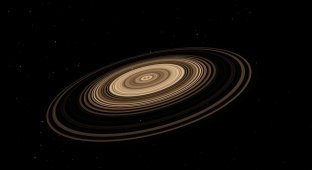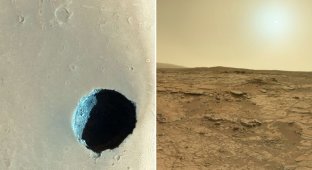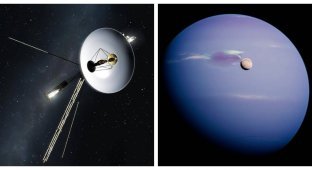The frightening beauty of the most mysterious planet (10 photos + 1 video)
The Cassini space probe sent into orbit to study of the surface, rings and satellites, burned up in its atmosphere for minute on September 15, 2017. Having completed almost twenty years of service. 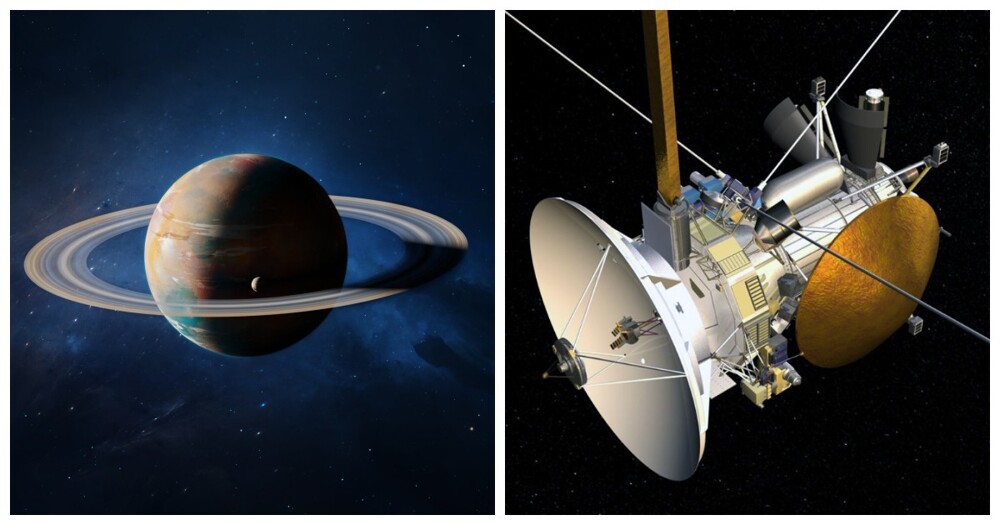
Such is the power of a distant, mysterious and very dangerous planet, named after the Roman god of birth and decay. Saturn is unique of a kind. After all, only its concentric rings, in contrast to other giant planets are perfectly visible in visible light. 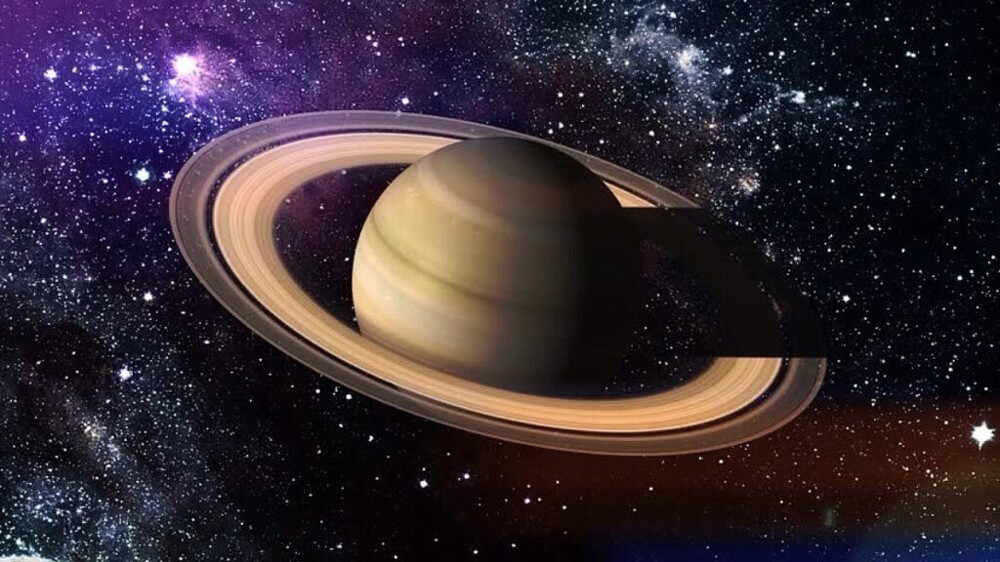
Saturn
This bewitching planet really wants admire. But even if it were possible to do so in close proximity, the moment would be too short. After all Saturn got its name for a reason. He is very hostile and even deadly in relation to everything alien. 
Cassini photo of Saturn's rings
The gas giant does not have a dense surface like the earth, because it consists mainly of gases - hydrogen, methane, helium. The planet has no radiation belts - the particles are absorbed by the rings. But bursts of radio emission are a fairly common phenomenon. They are provoked interaction of Saturn's magnetosphere with satellites. Maximum radiation reaches in the rings. That is, if a theoretical astronaut crosses their plane, it will inevitably collide with an avalanche of charged particles moving at high speed. What will happen to the conditional a traveler? I don't even want to imagine the result of them meetings. 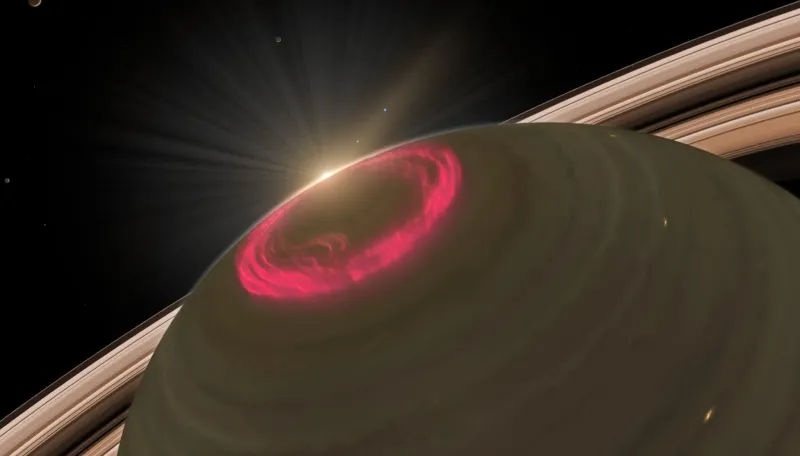
Aurora on Saturn
Okay, let's say the space explorer did it. barrier. But in the upper layers of the Saturnian atmosphere, it has already looking forward to two new obstacles - low (about -170 degrees) temperature and colossal pressure, which is 100 times higher in compared to the earth. And these figures will grow as diving into the atmosphere. 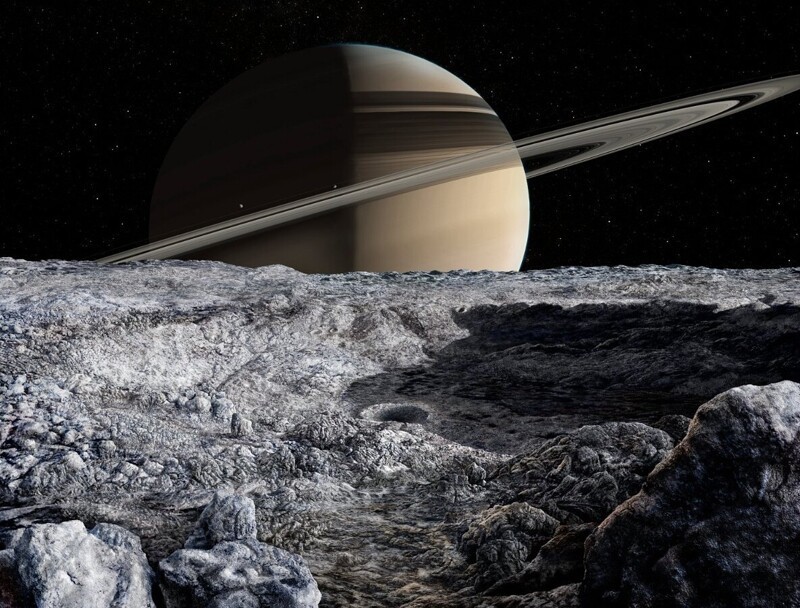
Photo from Cassini
The next difficulty that a person will face is storms and tempests, whose faithful companions are constant lightning. The wind speed here is 1800 km/h (for comparison: wind speed with a hurricane in the surface layer of 200 km/h). That is, the body will simply break into bits and pieces. And so fast that a person can not understand anything will have time. Such weather patterns on Saturn may persist up to several months and even years.
And the “voice” of this planet sounds very ominous. Some years ago, NASA specialists processed plasma waves, which move in the direction from the planet to Enceladus - the sixth in size and the fourteenth most remote satellite. The result is sounds that can be heard by the human ear. 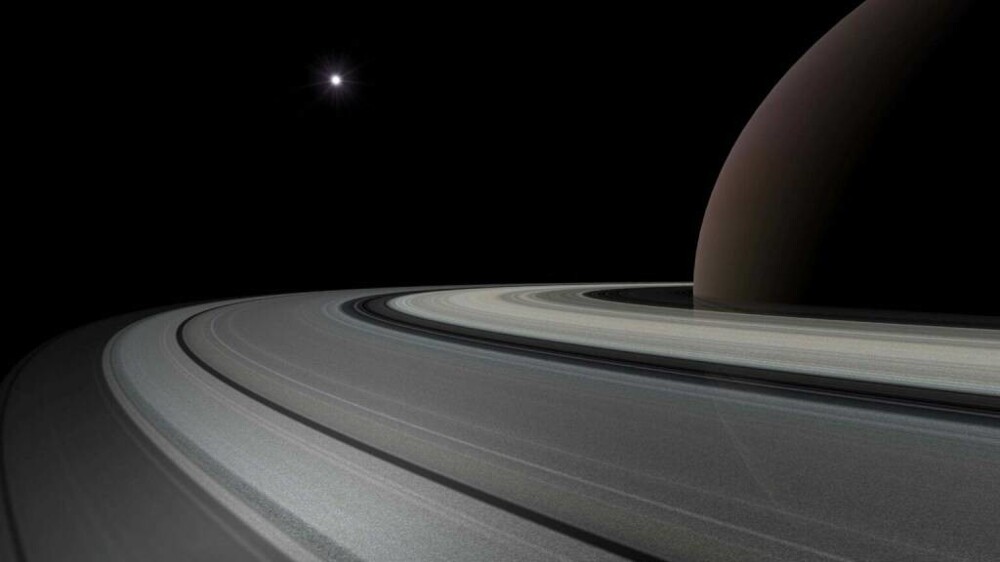
Photo from Cassini
Deadly cold, monstrous pressure, murderous storms and terrible sounds, from which the blood freezes in the veins - all this is Saturn - beautiful, majestic and absolutely deadly to humans. 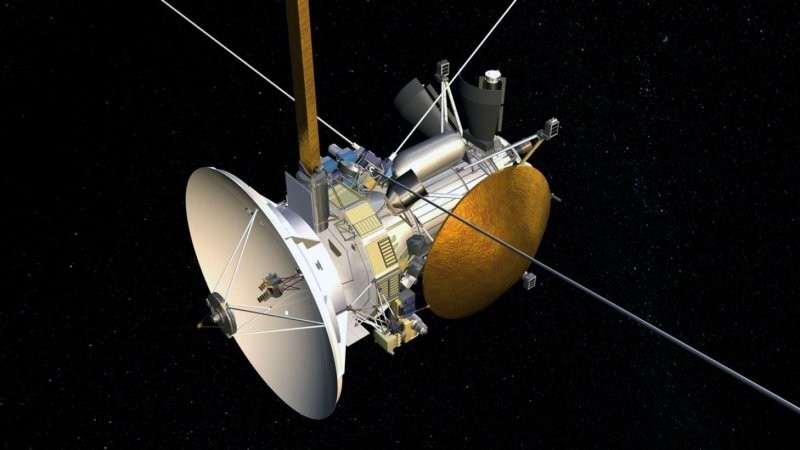
Cassini probe
Apparatus named after Italian-French astronomer Giovanni Cassini and launched on October 15, 1997 from the Cape Cosmodrome Canaveral, in the final phase of the work, collected data for detailed study of the entire seasonal period of the planet. 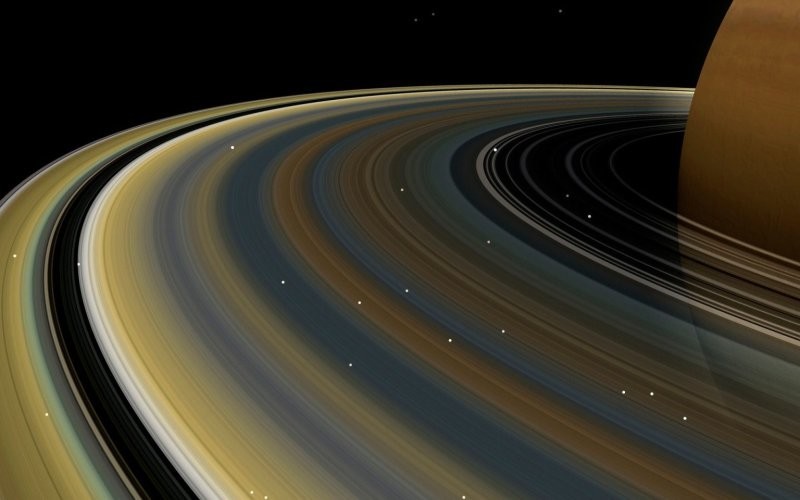
After entering the atmosphere of Saturn, the probe for a minute continued to collect and transmit data on its composition and features. Then the apparatus burned down, transmitting data to scientists, on the basis of which they were able to prepare a map of the gravitational and magnetic fields of the planet, and photographs rings of the gas giant at close range. Deciphering some data on Saturn, transmitted by Cassini, continues to this day. 
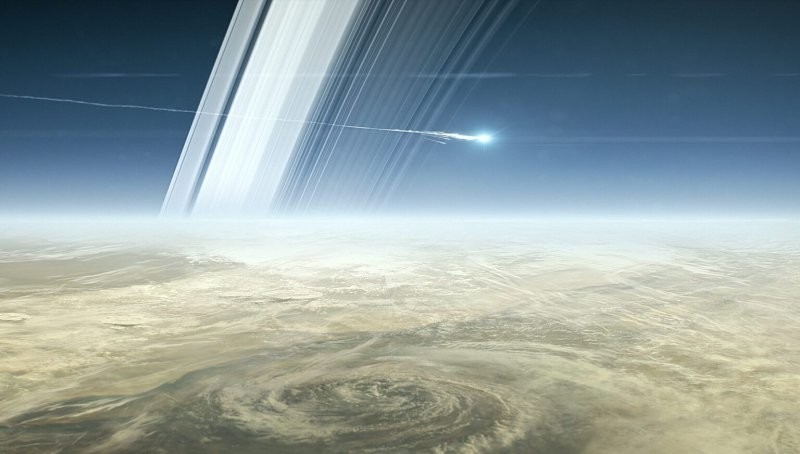
The last moments of Cassini












